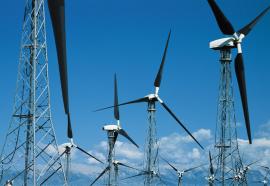Technology Corridor
Technology Corridor
Mobile workers provide the next opportunity for utility productivity gains.
Field workers at many electric, gas, and water utilities have not realized the benefits of their company's substantial investments in office-based information technology (IT) systems for work and asset management, customer service and billing, geographic information systems, mobile technologies, or even e-mail.









